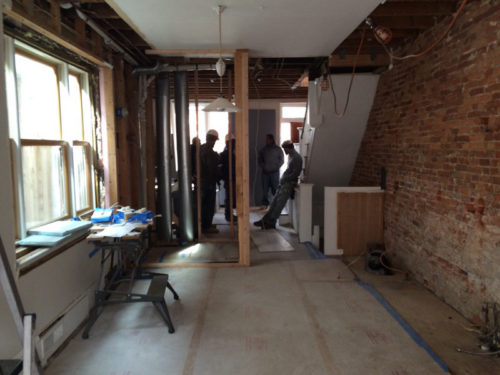 Substantial home renovation projects come with equally substantial price tags — think new kitchens and bathrooms, updated energy and heating systems, whole home renovations, and the like. These are complex undertakings that involve big-ticket components and cut across many disciplines, including local permitting agencies, the EPA, engineers, a long list of contractors, vendors, suppliers, and specialists. Important details need to be coordinated, planned, and managed. Risks need to be anticipated and avoided. When problems arise, quick solutions need to be found so the project keeps moving along, avoiding time and cost overages.
Substantial home renovation projects come with equally substantial price tags — think new kitchens and bathrooms, updated energy and heating systems, whole home renovations, and the like. These are complex undertakings that involve big-ticket components and cut across many disciplines, including local permitting agencies, the EPA, engineers, a long list of contractors, vendors, suppliers, and specialists. Important details need to be coordinated, planned, and managed. Risks need to be anticipated and avoided. When problems arise, quick solutions need to be found so the project keeps moving along, avoiding time and cost overages.
So who is the right person to manage the details for a project of this scale? In some cases, contractors allow the carpenter or whichever sub is on site on any given day to try to manage your project between their daily tasks. In other cases, the homeowners attempt to handle the job themselves. In our opinion — based on decades of experience — project management needs to be handled by a dedicated project manager (PM) who has experience matching the type and scale of your project. As we’ve seen time and time again, a PM with little or no experience leads to frustration, headaches, or even project failure. Even those who might be experienced with new construction, commercial construction, or tract house construction are not suited to manage a residential renovation for an older home. These are all totally different disciplines with different project goals, complexity, design standards, and quality levels.
A professional and competent PM will handle all of the following vital jobs, and more:
- Use proven processes and systems to create a tactical plan and construction schedule for building what is in your design drawings.
- Ensure the subs are on site according to those plans, barring unforeseen events like weather, late decision-making, project scope changes, or illness.
- Utilize intuition, experience, and knowledge to identify potential risks, pitfalls, and common issues that arise and get them fixed before they become big, costly problems. Generally speaking, the higher the price tag, the more complex the list of products and materials to be managed — and a mis-ordered or damaged item can take 6-12 weeks to replace!
- Keep employees, subs, and even clients motivated.
- Set the tone for the work site and direct everyone regarding safety, cleanliness, and orderliness.
- Approve pay for subs when the work is correct, complete, and inspected (if required).
- Keep stakeholders updated on progress, problems, and changes.
- Proactively manage the many risks of a project so clients don’t have to.
When done properly, professional project management goes unnoticed by the homeowner because the project runs smoothly, stress levels are low, and everything feels easy. It’s when project management is absent or mishandled that it becomes a very obvious and vexing problem. Investing your money well in the services of a seasoned pro will pay dividends both now and throughout the life of your beautifully finished project.

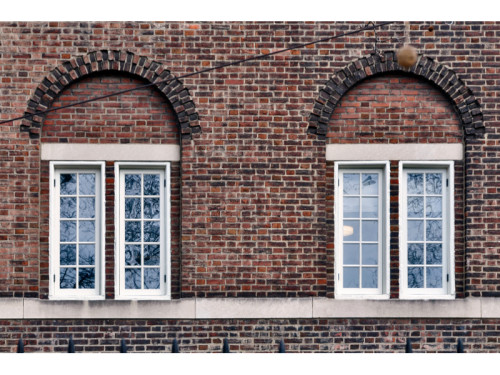 Over the years, we’ve worked on many Philadelphia condos in older historic buildings — and we find that many of our clients are drawn to them because they offer nice city views and simple spaces to live in. There isn’t any yard work, and the overall building is taken care of by a building manager.
Over the years, we’ve worked on many Philadelphia condos in older historic buildings — and we find that many of our clients are drawn to them because they offer nice city views and simple spaces to live in. There isn’t any yard work, and the overall building is taken care of by a building manager. I came across a recent article about a
I came across a recent article about a 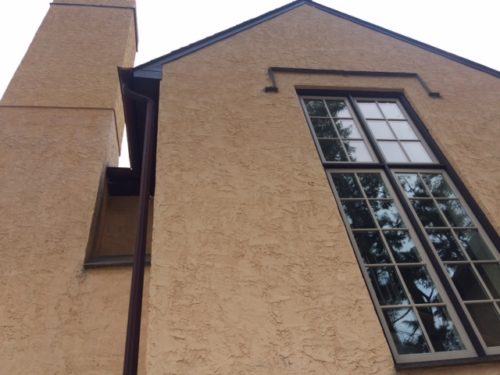 Sometimes, we take on project homes where the individual main rooms are in good — or even great — condition, but the house needs an overall upgrade. That was the case for this 1980s-era stucco single English manor-style house in Chestnut Hill.
Sometimes, we take on project homes where the individual main rooms are in good — or even great — condition, but the house needs an overall upgrade. That was the case for this 1980s-era stucco single English manor-style house in Chestnut Hill. 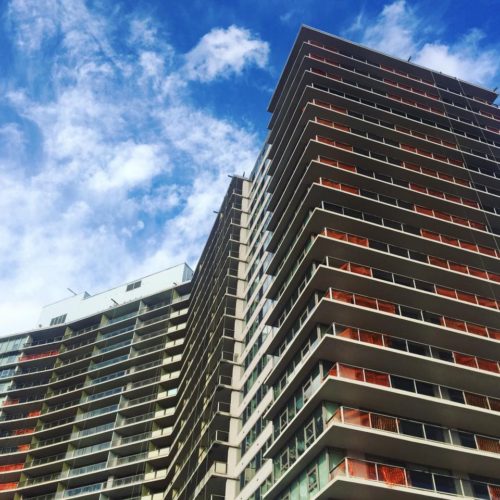 For the past couple of weeks, we’ve been deep into the project design phase for our
For the past couple of weeks, we’ve been deep into the project design phase for our 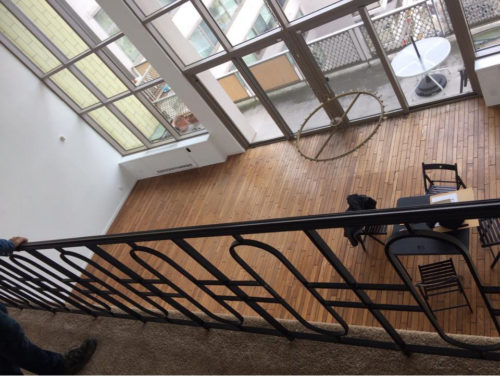 We just started a new project for a repeat client, for whom we previously renovated a kitchen, dining room, and added a finished family room with full bath in the basement in a lovely 1860s Victorian rowhome on St. James Place in Philadelphia. While that location — like most city projects — presented some logistics and access challenges, we were able to work around them by parking on the street to unload equipment and materials and then moving to paid parking for the duration of the day. Because we have spent decades working on city projects, issues like these are all in a day’s work for us.
We just started a new project for a repeat client, for whom we previously renovated a kitchen, dining room, and added a finished family room with full bath in the basement in a lovely 1860s Victorian rowhome on St. James Place in Philadelphia. While that location — like most city projects — presented some logistics and access challenges, we were able to work around them by parking on the street to unload equipment and materials and then moving to paid parking for the duration of the day. Because we have spent decades working on city projects, issues like these are all in a day’s work for us. 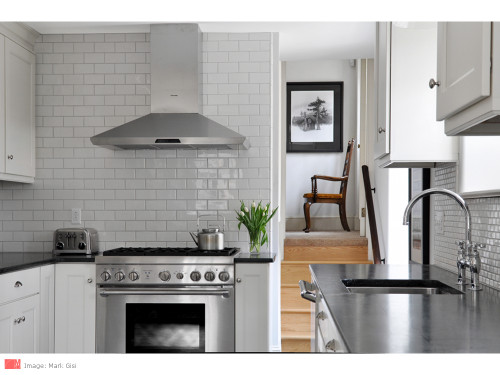 Choosing an appliance package is always a complex decision for a homeowner. Interestingly, a single appliance purchase can often provide the “tipping point” for an entire kitchen renovation. In fact, we routinely get calls from people who have put off redoing their kitchen for 20+ years, but suddenly their stove, refrigerator, or dishwasher breaks, and they jump into addressing the overall problem of the poorly designed or worn out space they have put up with for decades.
Choosing an appliance package is always a complex decision for a homeowner. Interestingly, a single appliance purchase can often provide the “tipping point” for an entire kitchen renovation. In fact, we routinely get calls from people who have put off redoing their kitchen for 20+ years, but suddenly their stove, refrigerator, or dishwasher breaks, and they jump into addressing the overall problem of the poorly designed or worn out space they have put up with for decades.
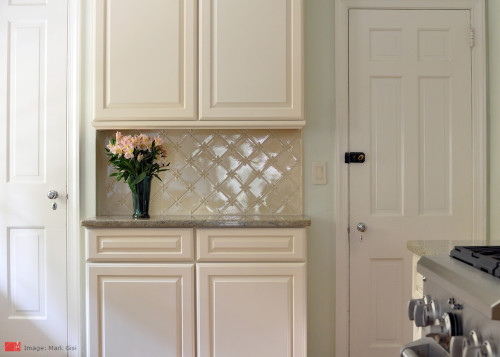 The kitchen. Everyone has their personal take on what this space means to them. For some, it serves mainly as a source of food and comfort, a gathering space for family and friends, or a central place to begin and end each day. For others, kitchens are show places, aspirational spaces, power rooms! Whatever the case may be, it’s not an exaggeration to say that the kitchen is easily the most important room in any house — and it’s our job to help our clients achieve their goals for this vital room in their homes.
The kitchen. Everyone has their personal take on what this space means to them. For some, it serves mainly as a source of food and comfort, a gathering space for family and friends, or a central place to begin and end each day. For others, kitchens are show places, aspirational spaces, power rooms! Whatever the case may be, it’s not an exaggeration to say that the kitchen is easily the most important room in any house — and it’s our job to help our clients achieve their goals for this vital room in their homes. 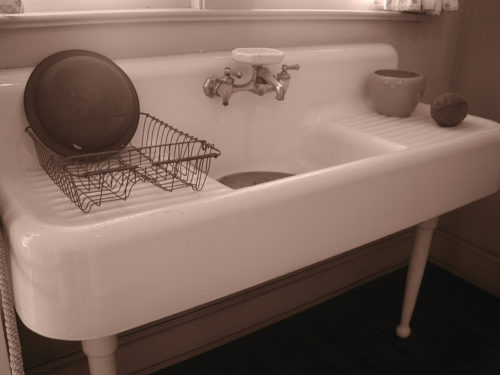 What makes a great kitchen? It’s a question we answer often in our line of work. To me, kitchens are work places, first and foremost. That goes back to my second job, when I was 17 and working in a commercial kitchen at a surf and turf restaurant in South Jersey. It was there that I came to view kitchens as efficient workspaces where the important business of cooking truly good food gets done. I took many commercial kitchen jobs from then on throughout college at some pretty good restaurants. I typically worked the line, usually as a second or a first line cook. Later, I also did early morning baking on the weekends, which left time for me to go to school and work in an art studio during the week.
What makes a great kitchen? It’s a question we answer often in our line of work. To me, kitchens are work places, first and foremost. That goes back to my second job, when I was 17 and working in a commercial kitchen at a surf and turf restaurant in South Jersey. It was there that I came to view kitchens as efficient workspaces where the important business of cooking truly good food gets done. I took many commercial kitchen jobs from then on throughout college at some pretty good restaurants. I typically worked the line, usually as a second or a first line cook. Later, I also did early morning baking on the weekends, which left time for me to go to school and work in an art studio during the week. 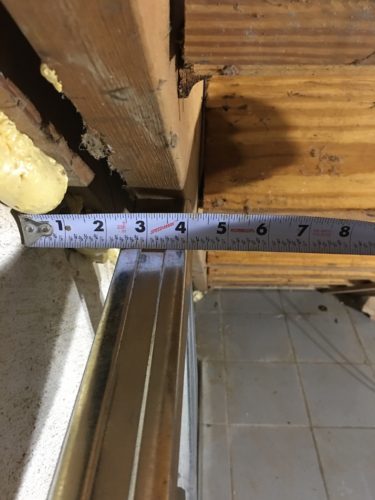 This week, we are in the framing and rough-in phases for our Center City trinity project. Because of this home’s small, tight spaces, we are approaching the renovations a bit differently than we normally do. Typically, we like to fully complete framing before asking our subcontractors to come in to work in a particular order. However, because of the complexity of the spaces being fitted on this project, the carpenter will do some of the framing, then the plumber and electrician must fit some elements, and then the carpenter has to do more framing before the other two come back through to do yet more rough-in work. The same process will go for the HVAC work.
This week, we are in the framing and rough-in phases for our Center City trinity project. Because of this home’s small, tight spaces, we are approaching the renovations a bit differently than we normally do. Typically, we like to fully complete framing before asking our subcontractors to come in to work in a particular order. However, because of the complexity of the spaces being fitted on this project, the carpenter will do some of the framing, then the plumber and electrician must fit some elements, and then the carpenter has to do more framing before the other two come back through to do yet more rough-in work. The same process will go for the HVAC work.